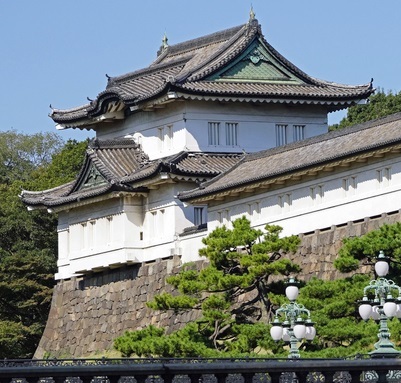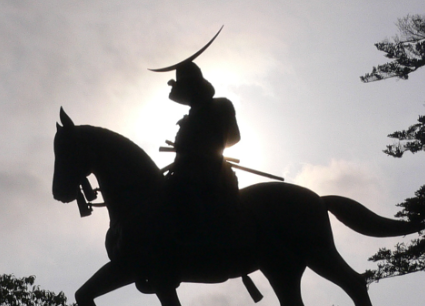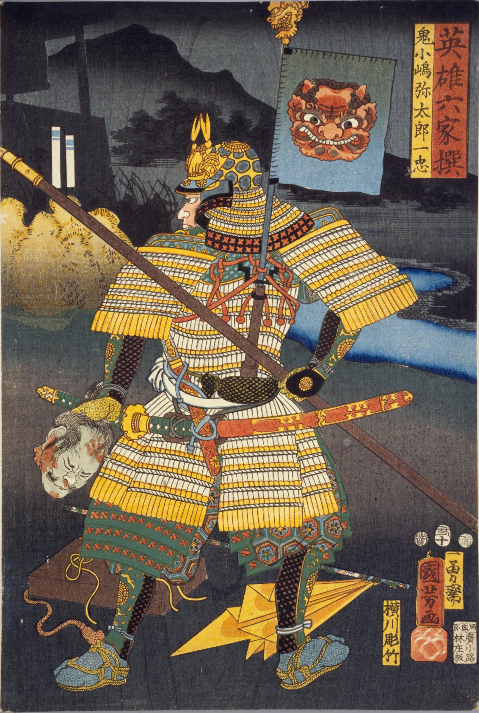陶晴賢 下剋上を生きた男の苛烈な生涯
第十七回 SAMURAIファイル 陶晴賢
〈以下、英訳〉
One of the honourable traits of the samurai was their fierce loyalty. They would often pledge allegiance to only one master. However, there have been a number of instances where betrayal occurred, and the outcome was not always successful.
Sue Harukata was a highly valued retainer of Ouchi Yoshitaka, the Daimyo of Suo Province (Yamaguchi Prefecture). He was known as “The Great Samurai of the Western Provinces” (Saigoku Muso no Samuraidaisho) for his bravery and fighting abilities, and at the Siege of Koriyama (1540-41) it was he who suppressed the reinforcements of the enemy sent to relieve the castle. A year later, Sue’s lord, Ouchi Yoshitaka would suffer a great defeat during the Siege of Toda Castle, losing many samurai, including his son in the fighting. From that moment, Yoshitaka seemed to lose interest in battle, and turned to more favourable pleasures. Because of this, a rift seems to have formed between the master and the eager warrior retainer. Sue Harukata eventually rebelled against his lord, overthrowing the Ouchi Clan, and forcing Yoshitaka to commit seppuku (hara-kiri) in the Tainei-Ji temple. Sue Harukata became daimyo, and believed that the world was now his oyster. It wasn’t to be.
Despite the rebellion, there were still many samurai loyal to the Ouchi Clan. One of them was Mori Motonari. Motonari set up a trap, building the highly visible and tempting Miyao Castle on the sacred island of Itsukushima, Mori soon reduced the garrison in the castle so that it could be easily taken by Sue. Despite some of Harukata’s samurai believing it to be a trap, the new Daimyo wouldn’t listen. With 20,000 samurai he stormed the small castle. TheMori forces then attacked Sue’s main castle at Sakarao before launching an attack from the sea. While one of Mori’s sons kept the Sue forces busy with a direct assault, Mori and another son attacked from behind, surrounding the castle on three sides.
Itsukushima island is narrow, and surrounded by sea. There was no escape. Despite the Mori’s inferior numbers of only 4,000, Sue’s forces were crushed, and the man who had ordered his own lord to commit seppuku was now forced to do the same.
The story of a samurai bringing about the end of his master, only to face a similar fate not long afterwards would be repeated years later in the Incident at Honnoji, when Akechi Mitsuhide turned on his lord, Oda Nobunaga.
After the battle at Itsukushima, during the head viewing ceremony, where the victorious general would view the heads of the slain enemy, Mori is said to have whipped the face of Sue Harukata three times because of his betrayal of the Ouchi Clan, For a samurai, betrayal was one of the worst offences.
Incidentally, because Itsukushima is a Shinto holy place, immediately after the battle, the Mori Clan removed all the bodies to the mainland, and even went as far as to remove the bloodstained soil, and paid for repairs to damaged buildings.
- 1
- 2







